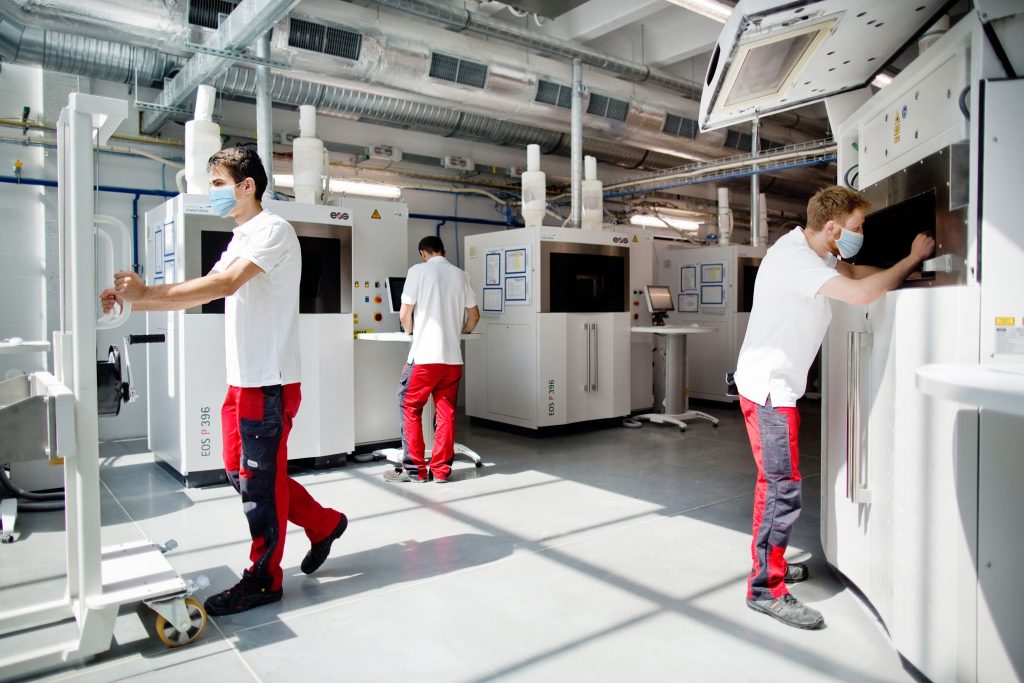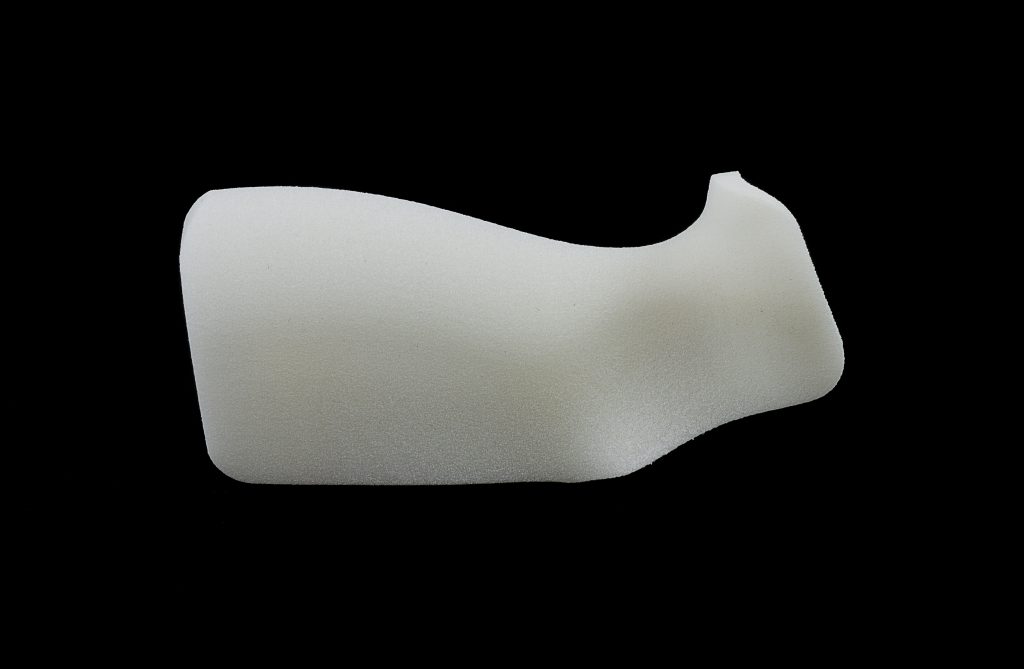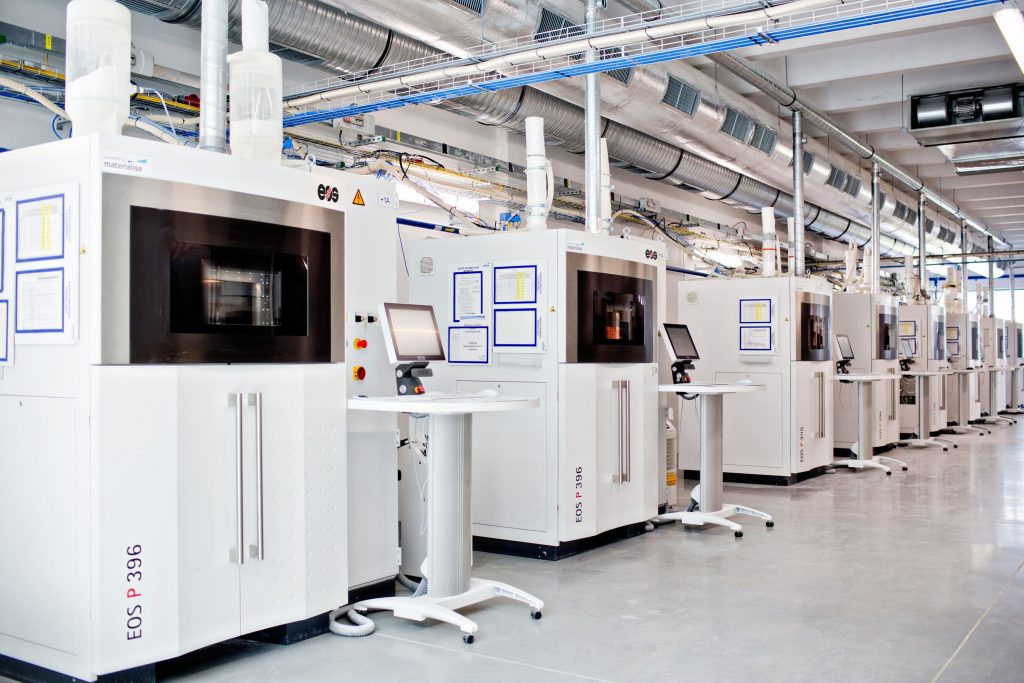Additive manufacturing service provider Materialise has been qualified to produce flight-ready polymer components for aerospace company Airbus using SLS 3D printing technology.
Specifically, Materialise will now begin 3D printing parts made of EOS’ flame-retardant polyamide (PA) powder, PA 2241 FR. The qualification marks Airbus’ very first entry into SLS 3D printing, with Materialise and EOS having become the first companies approved to 3D print parts under Airbus Process Specification AIPS 03-07-022.
As the qualification is valid across Airbus’ entire global business, products developed by the company’s other divisions will also be able to utilize the 3D printing material.
Bart Van der Schueren, CTO of Materialise, states, “This achievement consolidates our long-term partnership with Airbus, and it also opens up additional 3D printing applications to Airbus and its suppliers. Laser sintering is one of the most widely used 3D printing technologies and enables complex design features such as interlocking mechanisms. It’s an honor for Materialise to be Airbus’s first manufacturer for the technology.”

EOS PA 2241 FR
EOS’ PA12-based powder is characterized by its flame-retardant properties. The material offers a very high refresh rate, making it a cost-effective method of 3D printing flight-ready parts with strict fire standards. PA 2241 FR parts can meet several fire, smoke, and toxicity requirements without needing a coat or primer, with typical aerospace use-cases such as internal air ducts and brackets.
In addition to the use of the material itself, the qualification also includes the 3D printing process, which was developed for EOS systems like the P 770 polymer 3D printer. With Airbus having previously qualified Ultem 9085 for the FDM process, Materialise now supplies the firm with two flight-ready 3D printing technologies.
Markus Glasser, Senior Vice President EMEA at EOS, adds, “We are very proud that after an extensive testing program, Airbus qualified the EOS PA 2241 FR material and processes for usage globally by the company. It underlines the high maturity and constant quality of EOS’ powder and systems and continues to emphasize the relevance of industrial 3D printing in both polymers and metals.”

Polymer 3D printing in aerospace
Additive manufacturing in the aerospace sector is typically limited to high-strength, high-temperature metals, so milestones like the PA 2241 FR qualification mark a major step forward for polymer 3D printing.
Materialise first started 3D printing parts for Airbus several years ago, when FDM technology made its debut on the A350 aircraft. As it stands, Materialise prints around 100 different flight-ready components for the A350, resulting in an annual total of 26,000 parts across the entire A350 fleet.
With the recent qualification, the company is now gearing up to 3D print end-use parts for other Airbus aircraft too (such as the A320, A330, and A340), except now it also has EOS’ industrial SLS technology in its arsenal.

Also employing polymer 3D printing, aerospace manufacturer Boeing has previously qualified 3D printer OEM Stratasys’ Antero 800NA thermoplastic filament for flight-ready parts. The PEKK-based polymer, which is characterized by its high strength, heat resistance, and chemical resistance, can now be used to 3D print end use components aboard Boeing’s planes.
Elsewhere, composite materials company Hexcel has launched its own electrically-conductive polymer-based carbon fiber composite specifically for aircraft 3D printing. HexPEKK EM has been purpose-built to meet the static electricity management, electromagnetic (EM) shielding, and radiation absorption needs of flight-ready components.
Subscribe to the 3D Printing Industry newsletter for the latest news in additive manufacturing. You can also stay connected by following us on Twitter, liking us on Facebook, and tuning into the 3D Printing Industry YouTube Channel.
Looking for a career in additive manufacturing? Visit 3D Printing Jobs for a selection of roles in the industry.
Featured image shows a Materialise 3D printing facility equipped with EOS systems. Photo via Materialise.



